Busting The Myths About River Cruising

Although the popularity of river cruising is soaring, especially among boomers, old myths about river cruising still prevail. But a proliferation of new ships with new itineraries and a slew of interesting shore excursions is making river cruising more enticing than ever.
According to data from Cruise Lines International Association (CLIA), river cruising is the fastest-growing segment of the cruise industry overall, with 10 percent annual passenger growth over the last five years.
If you are one of the last holdouts who hasn’t succumbed to its lure, it is time to dispel six common misconceptions:
Myth # 1: Passengers are “old married couples”
Yes, most passengers are married couples between the ages of 55 and 70, but the demographics are slowly changing as cruise lines have begun to woo younger passengers, solo travelers and multi-generational family groups.
They’re doing this in a number of ways: By getting rid of extra charges for singles, changing cabin configurations, and adding more active excursions.
A bonus for solo travelers: “They find instant companions on board because riverboats are more intimate and relaxed than larger ships,” says Mike Kempinski, a travel advisor with NorthStar Cruises in Montclair, N.J.
To bring families into the fold, AmaWaterways collaborates with family vacation tour operator Adventures by Disney. In 2016, the line introduced seven summer- and holiday-themed Danube cruises on a new riverboat specifically configured with connecting staterooms and three- and four-person cabins.
Excursions and onboard programs are geared to teens, tweens and young adults.
Abercrombie & Kent USA appeals to kids through activities like searching for sloths and caimans on the Amazon, and painting Chinese opera masks and making paper lanterns on the Yangtze, says the company’s president, Phil Otterson.
For more active travelers, a growing number of riverboats carry bicycles on board, offering both independent and guided cycling excursions.
Myth # 2: River cruises are boring
River cruises are relaxed, for sure: Cruisers don’t have to change hotels, they only unpack and pack once, and they don’t have to deal with the hassle of arranging (and paying for) transportation between cities. But that doesn’t mean they’re dull.
Unlike ocean cruising, the scenery on a river cruise is constantly changing as the boat sails between ports, almost always with the shoreline in sight.
They are “port-intensive,” with most itineraries including at least one port stop per day. Passengers wake up in a new locale each morning and can head out soon after breakfast to tour a new city, town or village (either by bus or on a walking tour) or choose from a menu of other excursions and activities. Passengers don’t have the long days at sea that punctuate ocean cruises.
Some tours are daylong; other times, a second tour (sometimes at another port) is scheduled after lunch or in the evening. When boats are docked close to a city overnight, passengers have the freedom to disembark and enjoy local nightlife, food and culture. After busy days, there may be some evening entertainment on board (e.g., a piano player, or local singers, dancers or musicians) but most passengers fold their tents after dinner or a nightcap at the bar.
There has been a trend towards more intriguing activities, too.
For example, Viking River Cruises has curated a number of educational enhancement programs that bring local culture to life, such as apple-strudel-making workshops on Danube River cruises, lectures on the Romanov czars along the Volga-Baltic Waterway, and on-deck tai chi classes on the Yangtze River in China. Additionally, the line offers passengers access to hard-to-snag Bolshoi Ballet tickets in Moscow or the experience of enjoying tea at a Tibetan family’s home.
“Just like an ocean cruise, there are always opportunities to do something more adventurous,” says adviser Marni Becker of Protravel International in New York, part of the Travel Leaders Group.
“On Uniworld’s SS. Catherine, sailing between Avignon and Lyon, you may choose to go kayaking on the Gardon River or, while cruising the Seine and visiting Les Andelys, you may choose to hike to Chateau Gaillard, the home of King Richard the Lionheart,” she adds.
Myth # 3: River cruises are sedentary
“Walking is a big part of any river cruise,” says Becker of Protravel. “In fact, there is a lot of walking involved and much of it can be on old, cobblestone streets.”
To accommodate activity levels, guides usually divide passengers into subgroups, including one for “gentle walkers” whose mobility may be more limited.
For more active travelers, a growing number of riverboats carry bicycles on board, offering both independent and guided cycling excursions. For example, AmaWaterways has bikes and helmets aboard each of its European ships.
While the design and size of most riverboats preclude lengthy walking or jogging tracks (often found on ocean cruises), many have small gyms. Avalon Waterways has introduced themed wellness and golf cruises with stretching and yoga programs, lectures on healthy lifestyles, and healthy dining options.
AmaWaterways recently joined forces with Backroads, a land tour operator with over 36 years of active travel experience, to offer cruisers immersive hiking, biking and walking itineraries as they travel between towns on riverboats.
Myth # 4: Riverboats are downscale compared to luxury ocean vessels
True, riverboats are generally much smaller in size and scale than ships that traverse oceans, and typically carry fewer than 200 guests. Cabins are somewhat smaller and the ships have fewer public spaces than oceangoing vessels with their restaurants, lounges, theaters and pools. Riverboats just don’t have the “bling” associated with their bigger brethren: Where they exist, crystal chandeliers are diminutive in size; spinets substitute for baby grand pianos and there are no casinos or rock-climbing walls.
“River cruisers are much more focused on what they can experience off the ship than on any fancy bells and whistles on board,” says O’Reilly of Grand Circle.
However, to remain competitive in a growing market, newer river ships are giving ocean-going vessels a run for their money with more luxurious cabins and public rooms.
For example, the fleet of Viking Longships feature fluffy hotel-style beds, mini-refrigerators and heated bathroom floors. The line’s Veranda Suites offer the first two-room suites on riverships. Newer AmaWaterways ships have swim-up bar pools, spas and salons, fitness centers and walking tracks. Some Avalon Waterways cabins have panoramic floor-to-ceiling windows that open up to balconies.
Across the industry, meals have gotten more sophisticated, incorporating local dishes and ingredients to reflect the culinary traditions of different ports.
Myth # 5: River cruises only sail in Europe
“Rivers were here eons before roads were created and have always been vital to human settlement and survival,” writes cruise authority Douglas Ward in the Berlitz guide River Cruising in Europe. “Among the many of Europe’s great cities that grew up on the banks of the river are London (Thames), Paris (Seine), Cologne (Rhine), Frankfurt (Main), Prague (Elba, Vltava), Budapest (Danube) and Vienna (Danube). Thus, riverboats have long been popular in Europe, functioning like floating hotels transporting tourists from one city to another.”
That said, “the industry is expanding to other parts of the world because Europe is becoming saturated and with so much demand they need to think of other regions,” says travel writer Jeff Titelius. For the past several years, too, some European rivers are experiencing low water levels, which is having an effect on cruises.
So cruise operators are adding itineraries across the globe — including ones along the Yangtze in China, the Mekong in Vietnam and Cambodia, the Ayeyarwady in Myanmar (Burma), the Amazon in Brazil and Peru, and the Mississippi, Snake and St. Lawrence rivers in North America.
Myth # 6: Cruise lines will nickel and dime you
River cruise pricing is “mostly-inclusive,” so there aren’t likely to be too many unexpected expenses. Pricing generally includes the cost of transportation between ports (via the ship); onboard accommodations and entertainment; three meals a day — and usually, but not always, complimentary house wine, beer and soft drinks with dinner; coffee, tea and bottled water, and basic daily excursions with guides.
To compete with oceangoing vessels and with each other, many are adding free Wi-Fi, airport transfers and flights into their pricing.
Similar to ocean cruising, optional costs that need to be paid out of pocket often include surcharges for premium wines and liquors; gratuities for crew, tour guides and drivers; upcharges for optional excursions; health and trip delay/cancellation insurance; and add-ons for pre- or post-cruise extensions.
As with any travel product, it’s prudent to read reviews, compare prices and read the fine print. A river cruise specialist can help a consumer understand the subtle differences among products that are becoming not only more refined but also more complex.
Six Common Misconceptions About River Cruising was published on NextAvenue.org on August 17, 2015. This is an updated version of that article (12/1/19).

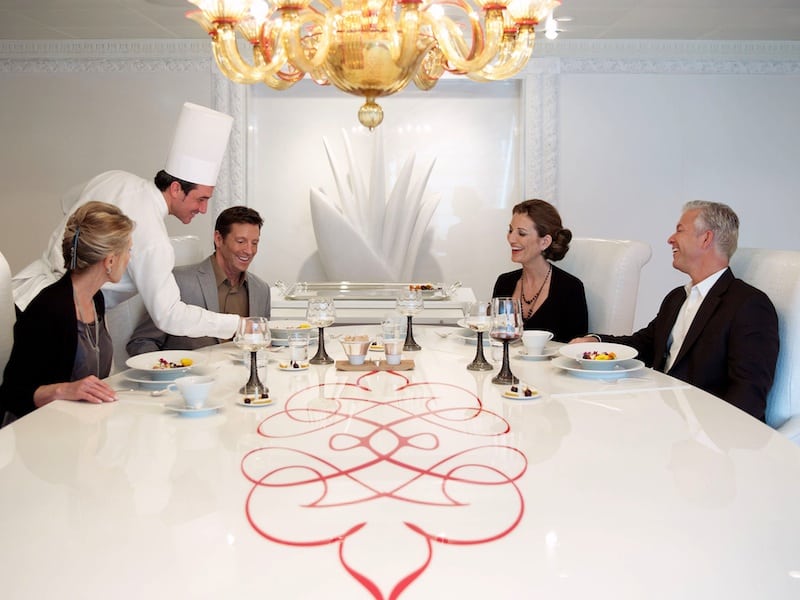

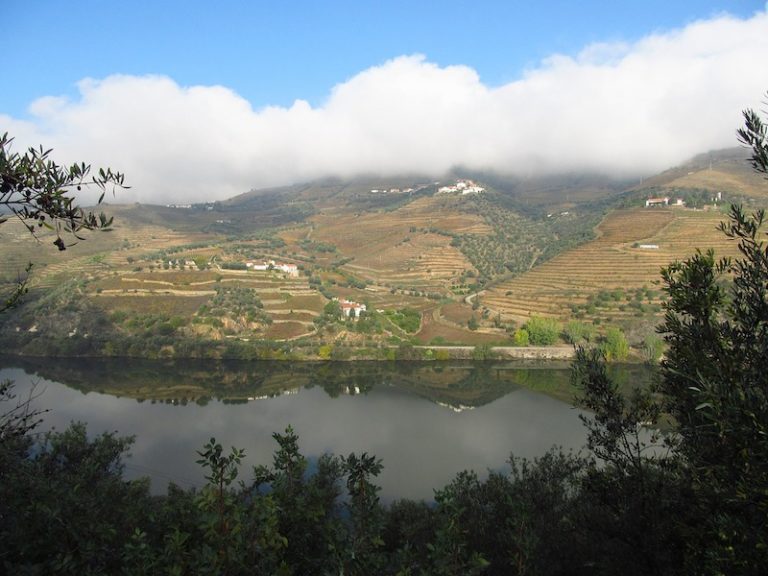
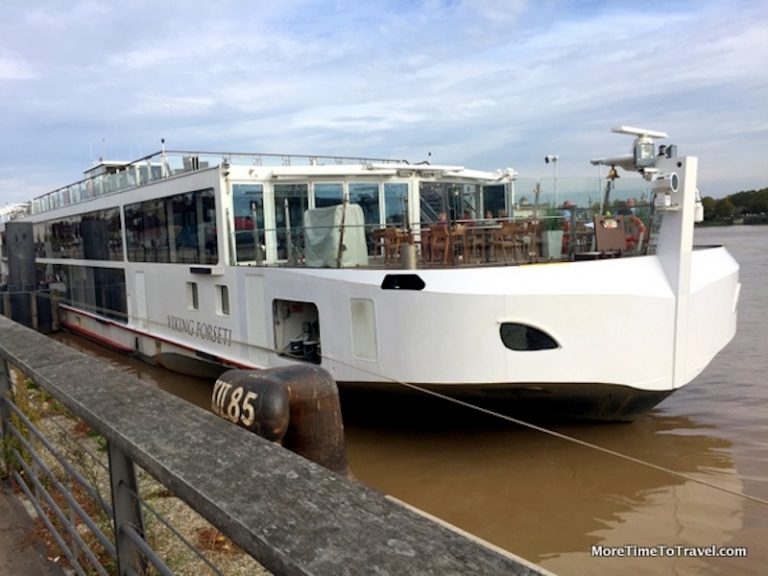
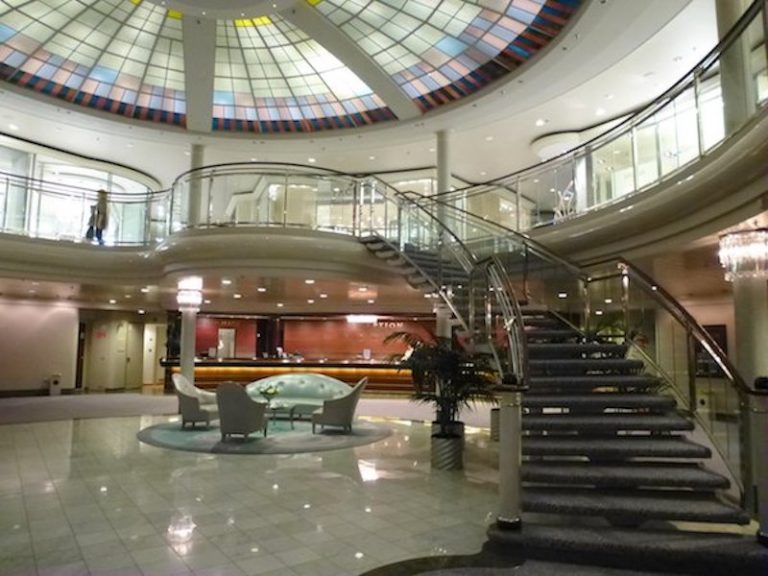
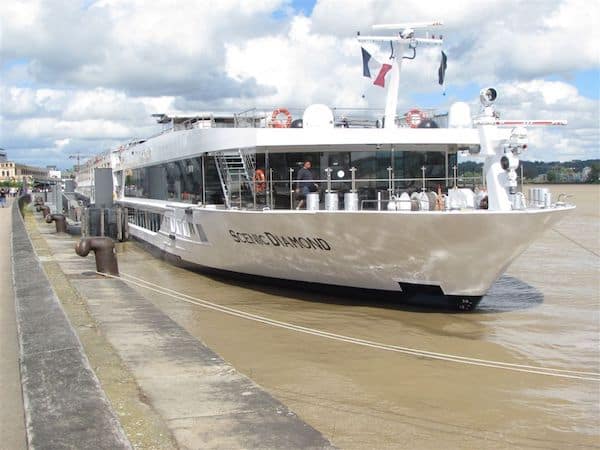
Me! Me! I am one of the last holdouts. But perhaps it’s time to reconsider…off to read your article now.
I think you would have a great time, Sheryl!
We’ve enjoyed several river cruises – and we can definitively agree with you that they are NOT boring! Our most recent river cruise was on the deluxe “Belmond Orcaella” cruising on Myanmar’s Irrawaddy River between Yangon and Bagan. The bouncy oxcart ride to see an old fort was a highlight. As was the horsecart ride around Bagan’s 3,000+ ancient temples.
Sounds like an incredible riverboat cruise!